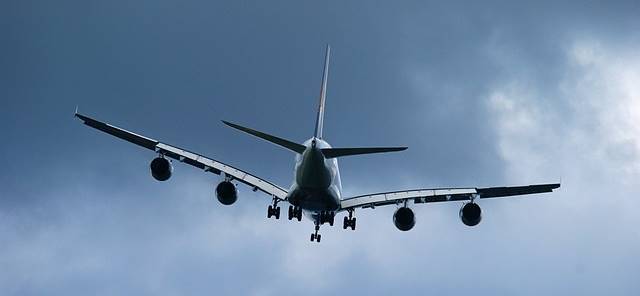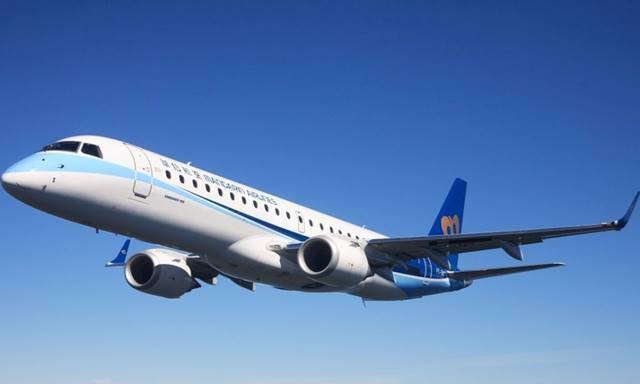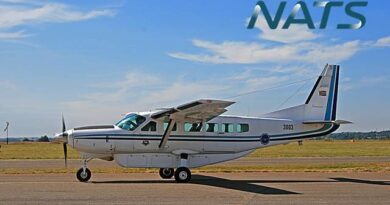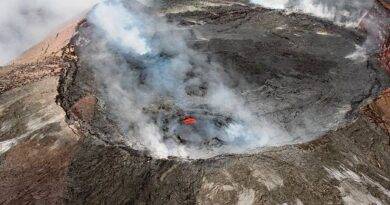Service Ceiling in Aviation
Service ceiling in aviation refers to the maximum altitude at which an aircraft can operate at its full potential. It is the altitude at which the aircraft can maintain a certain rate of climb, as well as maintain a certain airspeed and stability. Beyond this altitude, the aircraft may experience reduced performance due to factors such as thinner air, reduced engine power, and decreased lift.
The service ceiling is determined by several factors, including the aircraft’s weight, engine power, and aerodynamic design. For example, an aircraft with a more powerful engine and better aerodynamic design will typically have a higher service ceiling than an aircraft with a less powerful engine and less efficient design.
It is important for pilots to be aware of their aircraft’s service ceiling, as attempting to fly above this altitude can result in reduced performance and potentially dangerous situations. Additionally, some types of aviation operations, such as high-altitude photography or scientific research, require aircraft with high service ceilings.
The service ceiling of an aircraft can be found in its technical specifications, and can vary greatly depending on the type of aircraft. For example, the service ceiling of a small single-engine aircraft may be around 15,000 feet, while a large commercial airliner may have a service ceiling of over 40,000 feet.

Further Reading and Reference Links for Service Ceiling:
Official Sources:
- Federal Aviation Administration (FAA): https://www.faa.gov/regulations_policies (Search for “service ceiling” in relevant airman manuals)
- European Union Aviation Safety Agency (EASA): https://www.easa.europa.eu/en/regulations (Search for “service ceiling” in relevant regulations)
- International Civil Aviation Organization (ICAO): https://icao.int/ (Search for “service ceiling” in relevant annexes)
Explanatory Articles:
- Aviation Word: Service ceiling: https://www.aeroclass.org/service-ceiling/
- The Service Ceiling Of Your Aircraft Explained: https://www.youtube.com/watch?v=fhldd-KOLjI
- Ceiling (aeronautics): https://en.wikipedia.org/wiki/Ceiling_%28aeronautics%29



